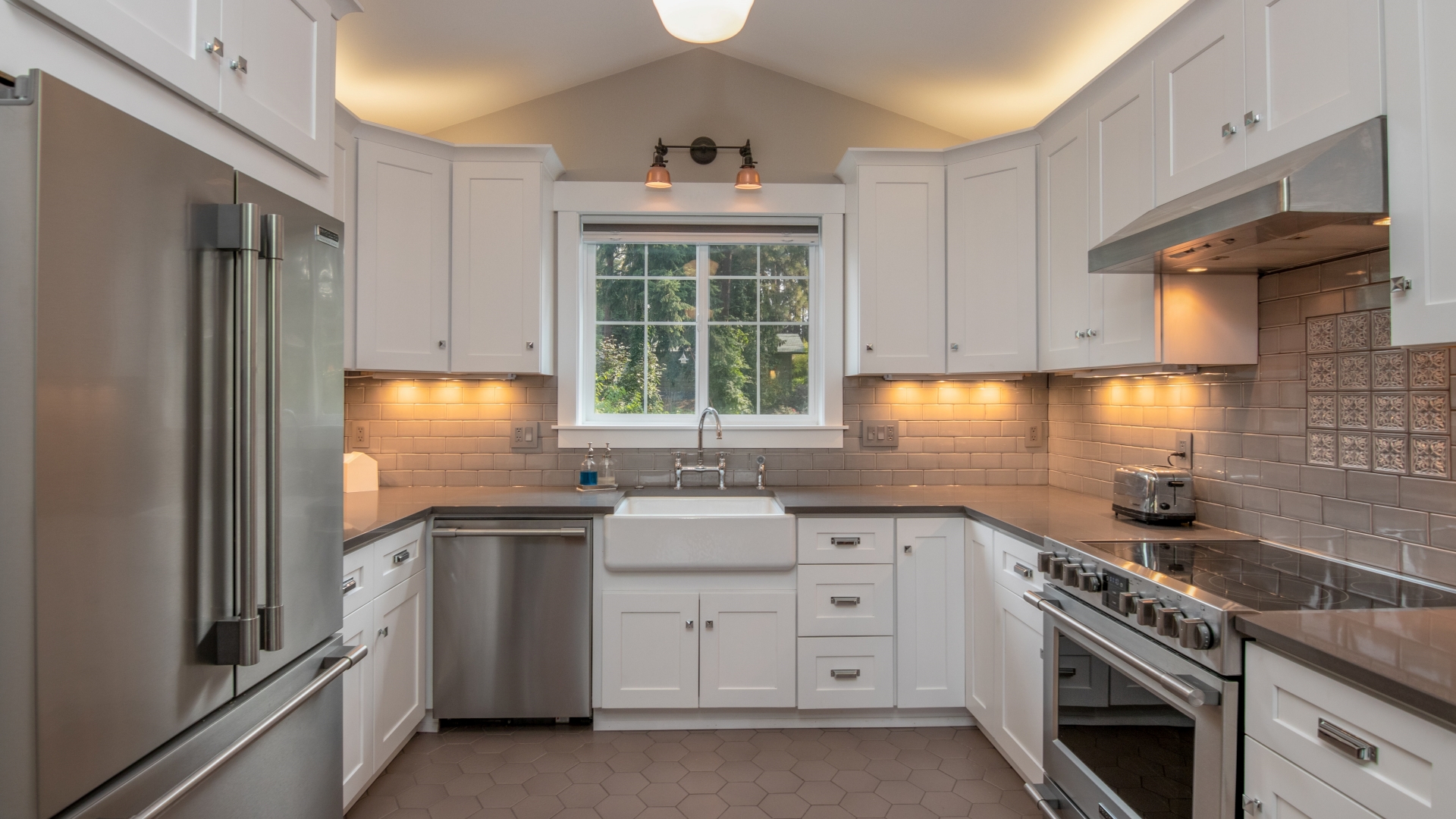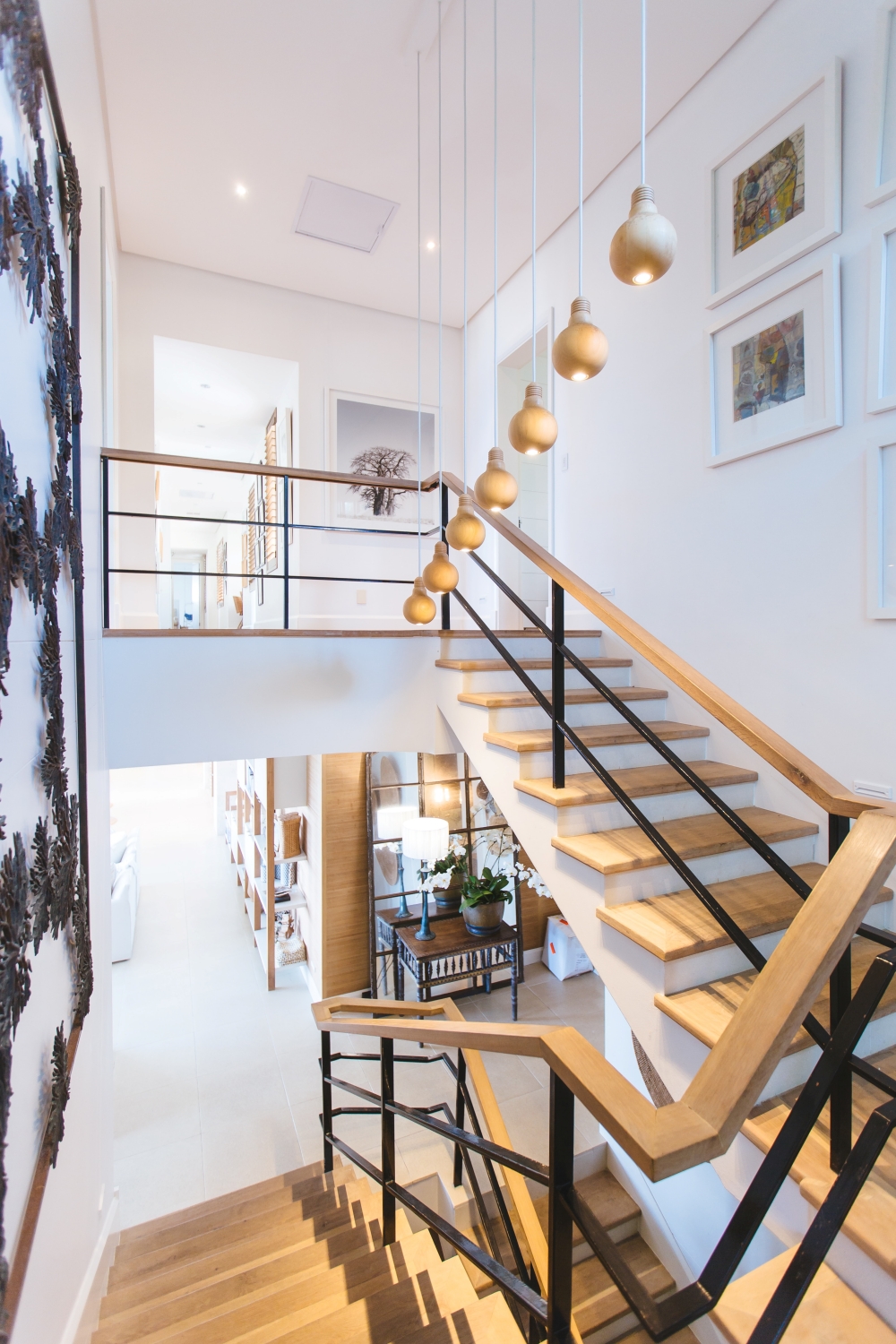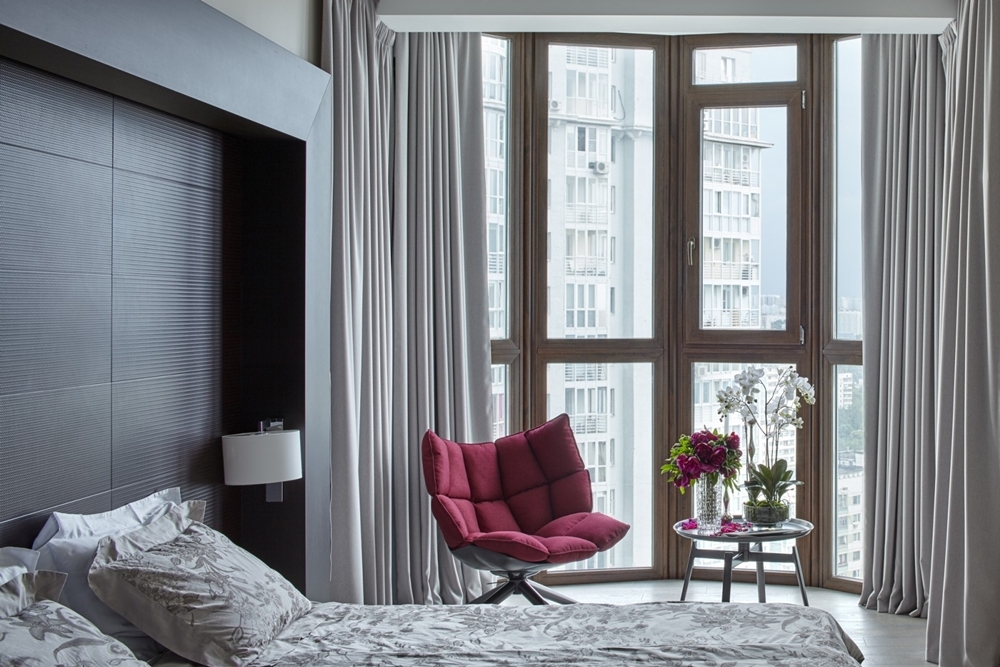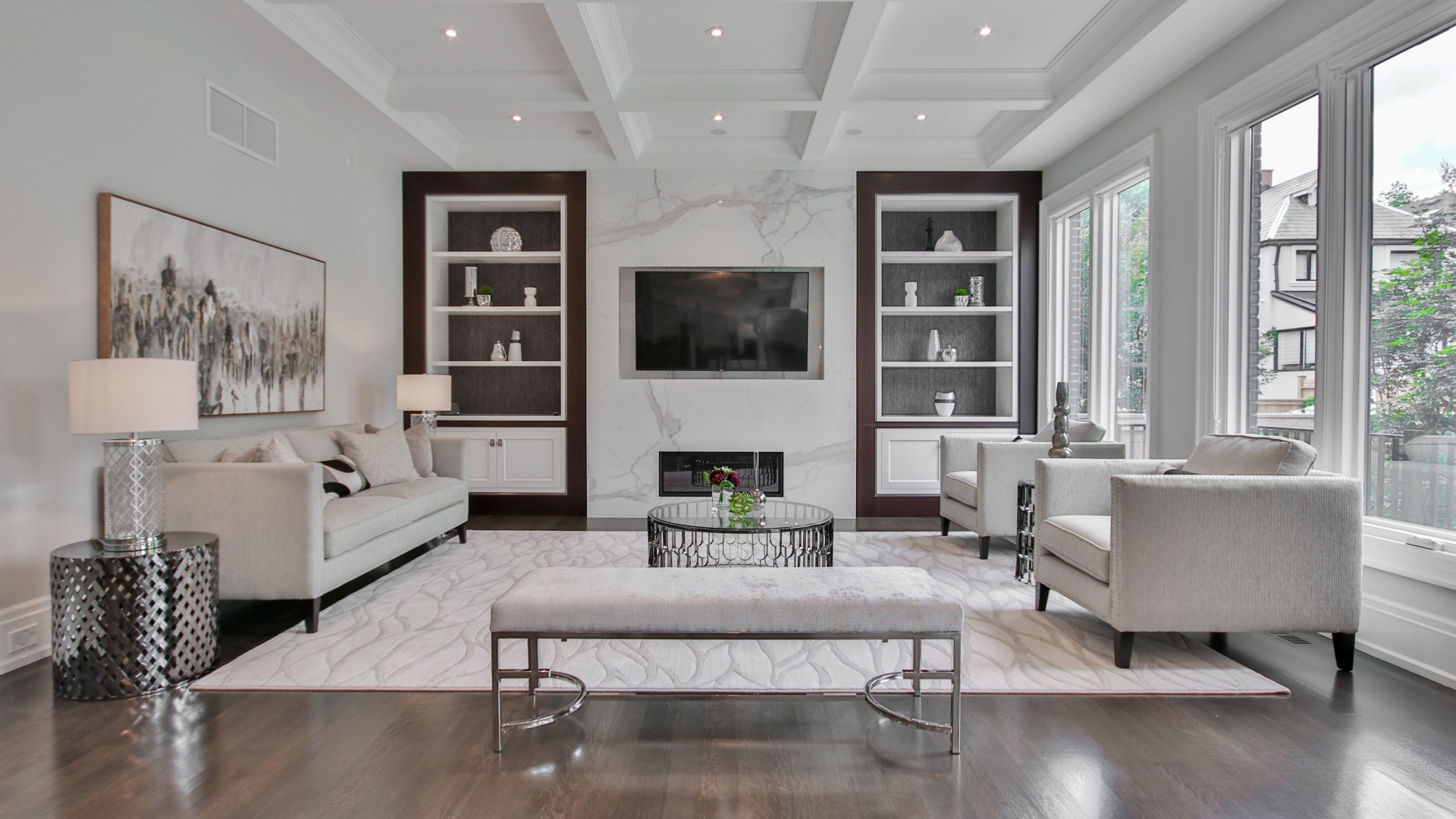Modern architectural designs first emerged in Europe and America in the 19th and 20th centuries. It represents a significant shift from the Victorian and Gothic styles, as it favors functionalism and sleek minimalism. These architectural ideas are primarily driven by changing culture, society, and technologies and are evident in modern-day buildings.
While all modern architects, including McMillan Pazdan Smith architecture Greenville professionals, have their preferred style, the following common features characterize modern buildings.
1. Simplicity and Minimalism
Modern architectural designs are heavily based on the elements of simplicity and minimalism. While minimalism is majorly an interior design trend, it can be traced back to the Japanese and Cubist architectural styles of the 1920s. Modern architectural designs focus on keeping things clean and clutter-free.
Just like minimalist designs, minimalist architecture focuses on reducing visual clutter and noise. It strips down the building’s structure to the bare minimum. Very minimal ornamental features are included in the building to make the structure a focal point. However, the lack of ornamental features doesn’t take away the visual interest of the place.
2. Use of New Materials
Modern architectural styles also come with new construction materials. Modern building materials have changed how construction is done. These materials are reliable, durable, and environmentally friendly. Traditional bricks and concrete structures are becoming a thing of the past and are slowly being replaced by the following:
- Carbon fiber: Carbon fiber is certainly the material of the future. This material is 30% lighter than iron and 70% lighter than aluminum. It can be used to reinforce and improve the strength of traditional construction materials like bricks and wood.
- Stone Veneer: Stone veneer is a popular choice in modern construction, providing the aesthetic appeal of full stone masonry without the added weight and cost. Made from either natural or manufactured stone, it is a thin layer applied to a surface to create a sophisticated and timeless look. Architectural stone veneer is especially valued for its versatility and ease of installation, making it ideal for both residential and commercial applications. These options provide the same beauty as traditional stone but with a fraction of the cost and weight. Whether used for exterior facades, accent walls, or chimneys, this material enhances the visual appeal and durability of a building, making it a top choice for modern architectural designs.
- Self-healing concrete: Self-healing concrete has bacteria that activate and repair after cracks. They are a perfect alternative to traditional concrete, which, despite being reliable, easily loses its properties when cracked.
- Glass: Using glass in construction is also a hallmark of modern architecture. Glass technology improves energy efficiency and allows natural light inside. They also make it easy to create a seamless connection between the indoors and outdoors.
- Prefabrication and modular construction: These construction materials allow for faster, cost-effective, and sustainable construction.
3. Open Floor Plans
Open floor plans are also becoming popular in modern construction. As the name suggests, this refers to combining two or more traditionally separate rooms, such as joining the dining and living room. Open floor plans are aesthetic and ease the flow from room to room.
Besides connecting various rooms for enjoyable living, open floor plans also improve real estate value. There is a high demand for homes with open floor plans. Open plans give your home a modern feel and make your home feel larger.
4. Large Windows and Natural Light
Large windows that allow unfiltered natural light also define modern architecture. Most people spend more than 80% of their time indoors. This could be in their homes, schools, offices, or commercial buildings. Such spaces should have large windows to facilitate the free flow of air. Apart from the health benefits, large windows let in natural light, which reduces dependence on artificial light and is known to improve mood. Natural light also makes the room appear bigger.
Endnote
Minimalism, open floor plans, new construction materials, and large windows are key indicators of modern architecture. Modern architects and home builders also focus on sustainability, flat roofs, and technological integrations.











